Freya: Goddess of Love, Beauty, and Magic
The Norse mythological tradition is replete with rich and complex figures, and among them, one character stands out for her…
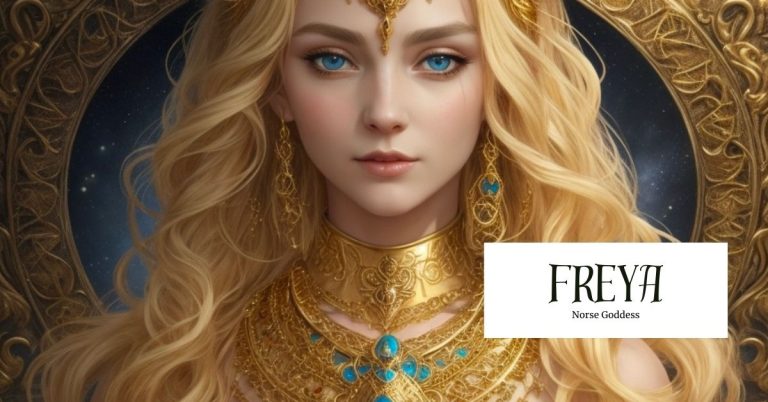
The Norse mythological tradition is replete with rich and complex figures, and among them, one character stands out for her…

The goddess Hel, known for her enigmatic presence in the realm of the underworld, has long captured the imagination and…
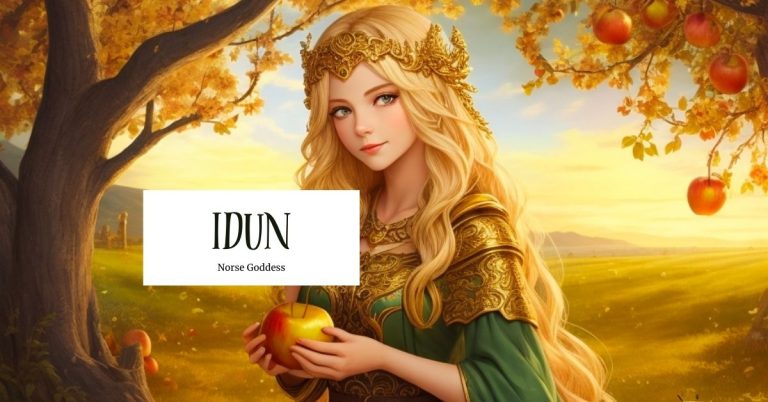
In the realm of Norse mythology, a revered deity’s paramount duty lies in safeguarding the elixir of youth and vitality,…
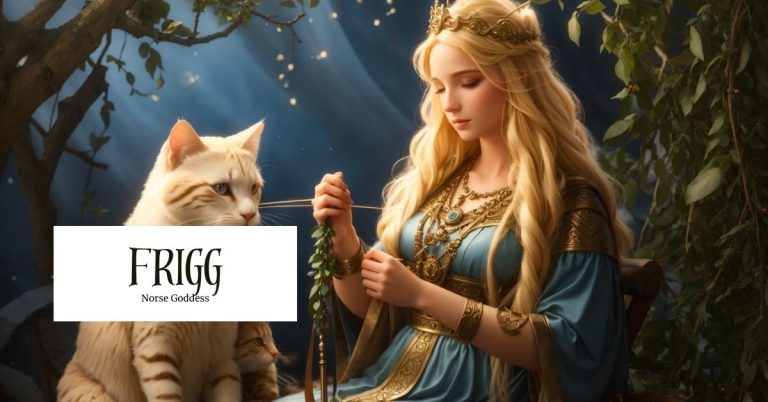
In the fascinating realm of Norse mythology, Frigg, the Norse Goddess of Motherhood and Fertility, holds a renowned position as…
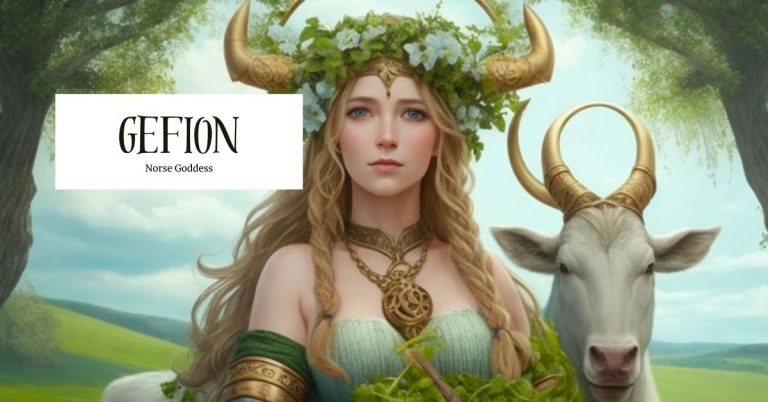
Within Norse mythology, one encounters the goddess Gefjon, an enigmatic figure whose profound significance is interwoven into the ancient beliefs…

The goddess Ran is a divine being who holds sway over the profound depths of the ocean, exercising dominion over…
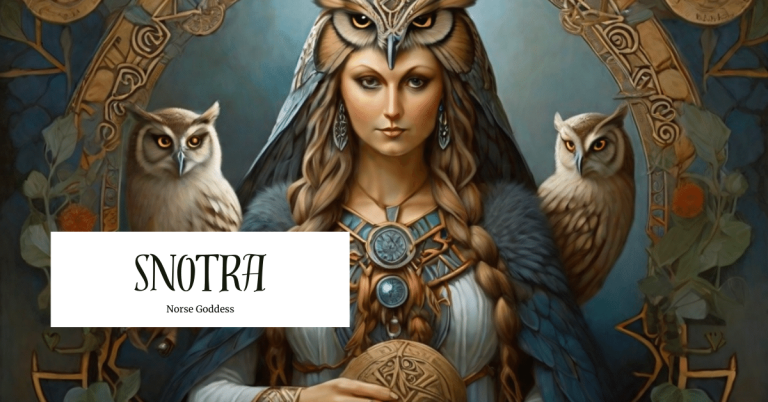
Norse mythology is a cornucopia of divine beings, each with unique attributes and significance in the ancient Scandinavian belief system….
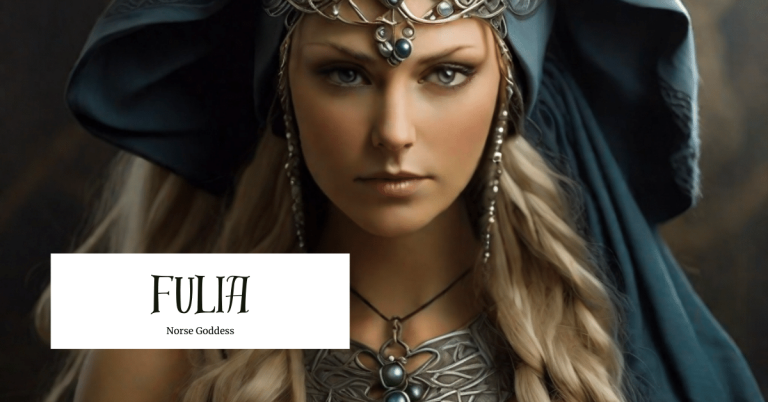
The Norse pantheon is a complex and intricate system of deities, each with unique roles and significance. One such divine…
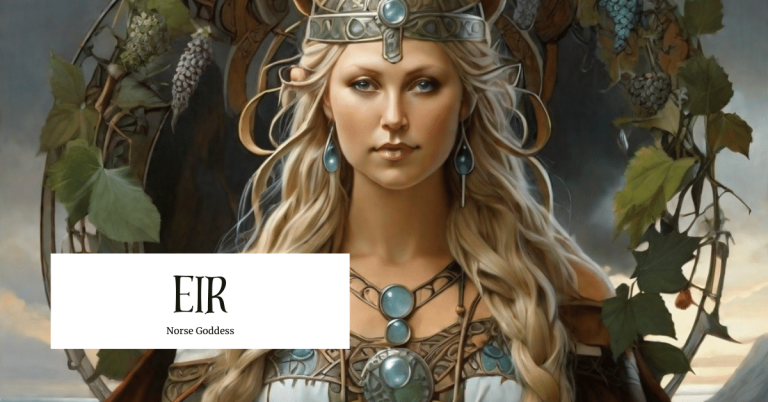
In Norse mythology, the goddess Eir is revered as the patroness of healing and stands out as a radiant emblem…